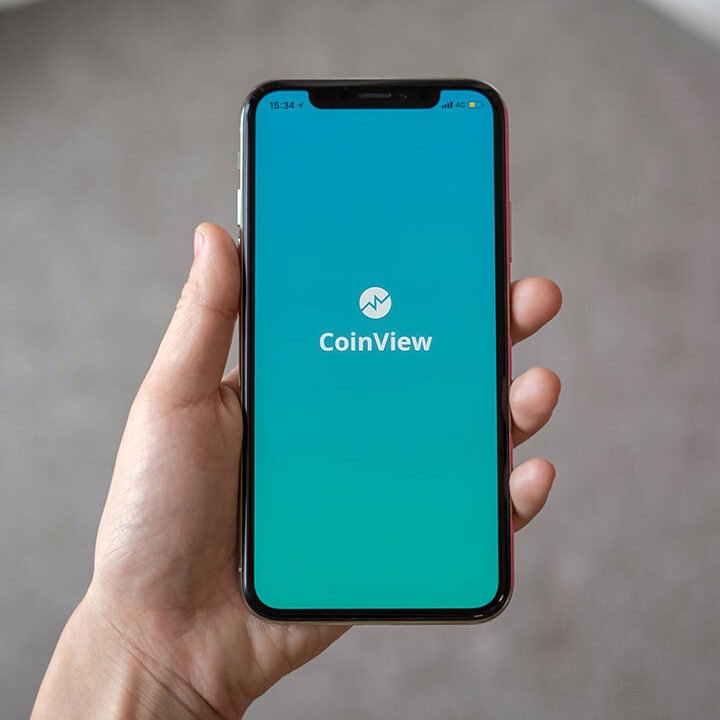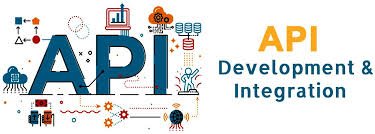Description
API Development & Integration
API Development & Integration
What is API Development & Integration?
API (Application Programming Interface) development and integration involve creating and implementing interfaces that allow different software applications to communicate and exchange data seamlessly. APIs enable businesses to connect services, automate processes, and enhance functionality in web, mobile, and desktop applications.
Types of APIs
1. Based on Access & Usage
🔹 Open APIs (Public APIs) – Available for external developers with minimal restrictions
- Example: Google Maps API, Twitter API, Stripe API
🔹 Private APIs – Used internally within an organization for internal system communication
- Example: APIs connecting HR, finance, and inventory systems within a company
🔹 Partner APIs – Shared with trusted business partners to integrate services
- Example: Airline ticketing API for travel agencies
2. Based on Architecture
🔹 RESTful APIs – Use HTTP requests (GET, POST, PUT, DELETE) and return data in JSON or XML
- Example: Spotify API, GitHub API
🔹 SOAP APIs – Use XML-based messaging and are preferred for secure, enterprise-level applications
- Example: Banking APIs, payment gateways like PayPal SOAP API
🔹 GraphQL APIs – Allow clients to request specific data instead of receiving a fixed response
- Example: Facebook Graph API, Shopify API
🔹 WebSockets APIs – Enable real-time, bidirectional communication between client and server
- Example: Chat applications, live stock market updates
Key Features of API Development & Integration
✔️ Authentication & Security – Uses OAuth, API keys, JWT (JSON Web Token) for secure access
✔️ Rate Limiting & Throttling – Controls the number of requests to prevent abuse
✔️ Scalability – Handles high request loads efficiently using caching and load balancing
✔️ Data Format Support – Supports JSON, XML, or other data structures
✔️ Versioning & Documentation – Ensures backward compatibility and ease of use for developers
✔️ Real-Time Processing – Enables instant updates for messaging, notifications, and live data
API Development Process
🔹 Requirement Analysis – Define API functionality, endpoints, and expected data formats
🔹 Design & Architecture – Choose between REST, SOAP, or GraphQL based on project needs
🔹 Development – Use frameworks like Express.js (Node.js), Django REST (Python), Flask, FastAPI
🔹 Testing & Debugging – Use Postman, Swagger, Jest for API validation and performance testing
🔹 Deployment & Monitoring – Host on AWS, Azure, Firebase, Heroku and monitor with API Gateway, Datadog
Common Use Cases of APIs
🔹 Payment Processing – Stripe, PayPal, Razorpay APIs for online transactions
🔹 Social Media Integration – Facebook, Twitter, LinkedIn APIs for login and content sharing
🔹 Third-Party Authentication – Google OAuth, Firebase Authentication
🔹 E-commerce & Logistics – Amazon MWS, Shopify, UPS/FedEx APIs for order tracking
🔹 AI & Machine Learning – Google Cloud AI, OpenAI API for NLP, image recognition, and automation









Reviews
There are no reviews yet.